Bibi bait, what it is and how to use it for fishing
What is Bibi?
The Bibi is a marine worm present in almost all parts of the world, it is part of the Sipunclidae family and there are over 300 species in total, in our seas alone there are at least a dozen different species. Its maximum size can reach about 35 cm, but usually in the fishing shops of our cities we will find the classic bibi (7/10 cm) or the Venetian bibi (10/20cm) also called crow's nest bibi as it is mainly used in longline fishing. Characterized by a cylindrical shape, the bibi has a light colour, tending towards pink, while the larger specimens tend to have a darker colour, almost brown. It has a fairly leathery skin while inside it is full of a transparent liquid, the latter has a great attractive capacity and it is therefore advisable to pay close attention when priming as excessive pressure will risk causing the liquid to completely escape from the bibi while we will try to fit it on the hook, later we will see how to best carry out the bait without ruining the bait.
What to use bibi for?
The bibi is widely used by those who practice surfcasting, thanks to its characteristics it works very well both in clear water conditions and when the water is cloudy, in fact its liquids will disperse in the current attracting fish. The species most attracted by this bait will be sea bream, sea bream, bream and sea bass, while fishing with bottom fishing from the boat you can also target sea bream, sea bream and many other species.
How to trigger the bibi
We therefore arrive at the most delicate moment, the trigger. Usually, Aberdeen model eye hooks are used, i.e. long shank hooks with a wide curvature. In order to bait the entire bibi, the aid of a baiting needle is necessary, if we use a classic needle, that is to say the needle with which we also bait Korean and American, we will have to pay particular attention in two steps: the first when we pass the bibi on the hook, more precisely when we try to make it pass the curve of the latter, because it will be precisely in this phase that if we exert too much pressure the bibi could completely emptying itself of the liquid inside it, the second crucial moment is the passage of the bibi through the knot of the hook, but in any case with a little practice over time it will become a fairly simple operation for all fishermen. A second method is to use the special needle for the bibi, the latter unlike the previous one will have an eyelet at one end and in this case the bibi will first be passed over the thread and then lowered onto the hook from above . This allows us to trigger an extremely simpler procedure compared to the first one, but each time we will have to detach the terminal from the beam in order to proceed with the trigger, so we will have to evaluate the pros and cons. With the Venetian bibi or in any case with a sizable size bibi it is possible to proceed with the reversed bait, you can cut the bibi like a book and then place it facing with the skin towards the hook and then secure it to the latter with some thread elastic. This trigger can also be used to try to recover bottles that may have previously exploded.
Where to find the bibi?
The bibi is a very present bait on our beaches, it is mainly found in mixed areas of sand and mud, they dig small tunnels where they spend practically their whole life, this makes them a bait that is not particularly easy to find on their own and for this very reason it is much easier to go to our trusted retailer to purchase the ones we need. Mostly those found on the market are imported ones, they are sold in boxes filled with small pieces of sponge which will be used to maintain the right humidity and keep them for longer, each box contains on average 7/8 bibi.
How to store bibi
It can be stored in the fridge for a few days, in the vegetable section, moistening the sponges if we see that they have dried out too much. To keep it for longer it will be necessary to recreate its habitat, we can use any tray, put sand inside it and fill it with sea water, covering the sand by a few centimetres. Subsequently we will tilt the tray and place something under it to keep it tilted and ensure that part of the sand remains uncovered by the water, then we will place the children inside. For an excellent result it will be necessary to change the water every 2/3 days or alternatively use an oxygenator. Alternatively, it is possible to freeze them, but before carrying out this operation it will be necessary to cut one end of the bibi to allow the liquid inside to escape, then place them on a colander, sprinkle them with salt (without exaggerating otherwise they will never freeze) and let them rest for a few hours in the fridge. At this point the bibi will have completely lost its liquids and once the salt has been removed it will be possible to freeze them.
Conclusion
In conclusion we can say that this bait is one of the most effective, usable with excellent results both in calm sea conditions and in rough seas and in any season, we have seen together how to trigger it to obtain the best results and how to keep it at its best , so good luck and have fun!

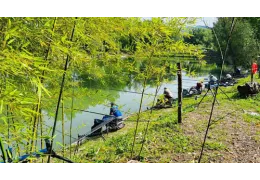
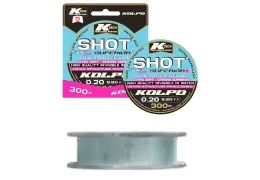
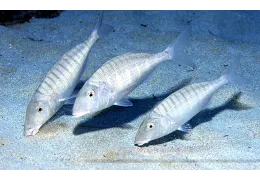
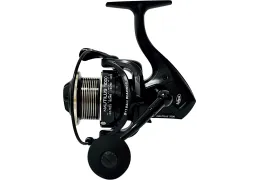
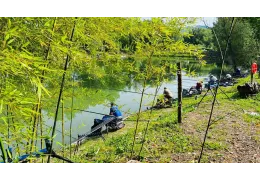

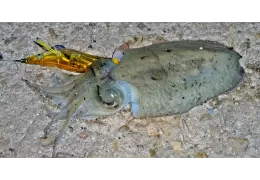
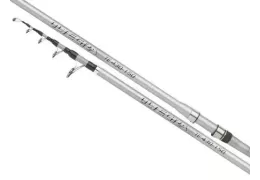



Leave a comment
Log in to post comments